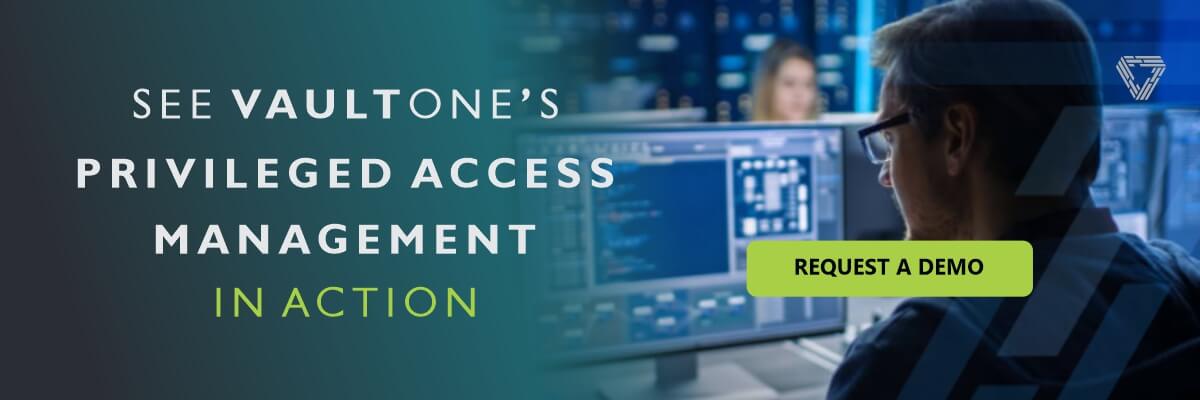Privilege Management: allowing access to what is essential
- Updated at
- By Naty Santos
- Secure Access

Privilege Management is a cybersecurity practice that allows companies’ ‘IT departments to control users’ access privileges to information, based on assigned rules (groups, roles, business rules etc.).
It ensures that employees have the necessary access to perform their routine work (the applications and controls required for the function), ensuring the security of corporate data, and allowing more productivity.
Privilege Management automates, protects, and controls the use of privileged account credentials. It is also able to track access, identifying actions that are out of compliance with the policies established by the company, making the user responsible for access that caused damage to data.
Another task that Privilege Management allows is the creation of policies that elevate or restrict access to files, folders, servers etc.
Table of Contents
Permissions Control
Permission control is a practice that assigns permissions to a user to access corporate systems. It prevents the user from performing activities for which he is not authorized, and prevents him from accessing, obtaining, or modifying information.
In addition, it prevents personal information and data from falling into the wrong hands and compromising the security and privacy of the data.
Principle of Minimum Privilege
The principle of Minimum Privilege is a security strategy, which is based on granting only the minimum authorizations necessary for the performance of a specific activity.
Importance of Privilege Management
Theoretically credentials should be personal and non-transferable information. However, this is not the case in corporate daily life, with passwords being insecurely shared among team members, so that everyone can carry out their activities.
With this system, a privileged account is accessible to several people and, in the event of a misconduct or theft of credentials, it is difficult to find the authorship of the acts harmful to the company.
With the management of privileges, even if access is made through a generic administrative account and known to all employees, important information like access time, server used, and system interaction details are retained and stored in a secure, digital safe.
Benefits of Privilege Management
The main benefits of Privilege Management are:
- Elevation of user privileges for running applications:useful when the user does not have administrative credentials, but the user is temporarily given the ability to run the application.
- Privilege reduction to restrict privileges to applications:Helps protect the workstation by preventing, for example, the user as an administrator from changing machine settings, installing applications and exposing the corporate network to threats on the web.
- Reduction of privileges to restrict access to system settings:Privilege Management can be used to reduce administrative privileges for certain processes. In this case, despite the user having administrative privileges, the system administrator is the one who will control the environment, preventing an administrative user, for example, from changing firewall settings and certain services.
To finish
Privilege management makes it possible to store detailed information about each permission granted, generate accurate diagnoses for the compliance of all applications used, and document and record access, giving the Organization the control to regulate the use of its resources.
About Us
VaultOne is an account privilege management solution that solves security problems by centralizing passwords in a “safe”, allowing users to access resources (servers, computers, social accounts) without the need for a password.
Instead of entrusting all resources to multiple passwords, an administrator can create a secure connection between the user and the resource, without the need of VPNs.
Talk to our experts today and learn how VaultOne can protect your information and make your home office experience more secure.




